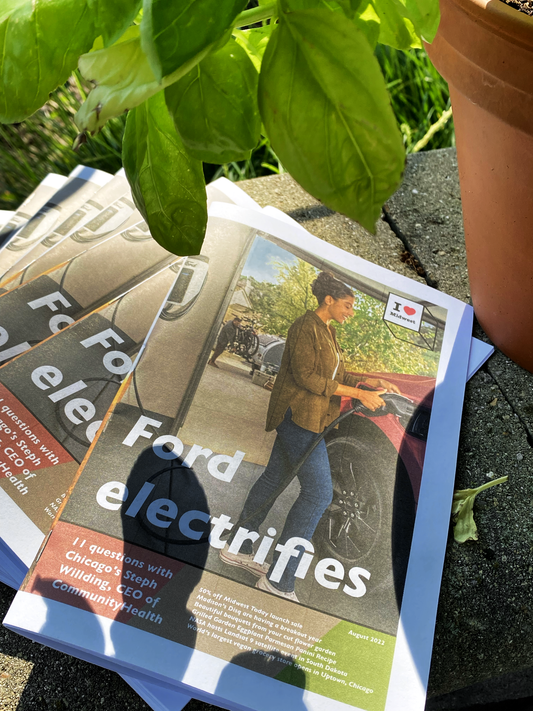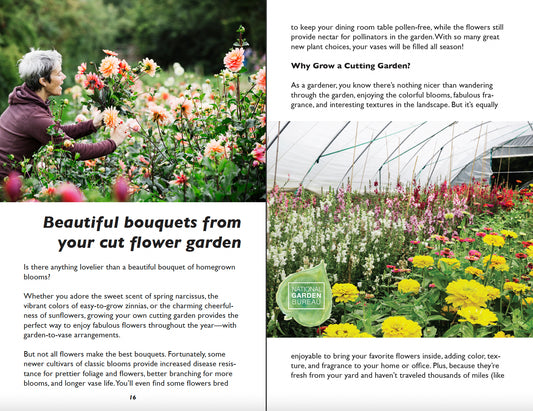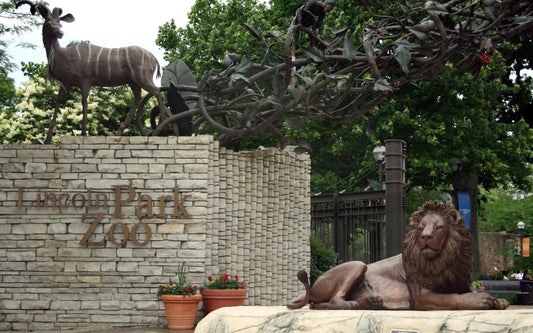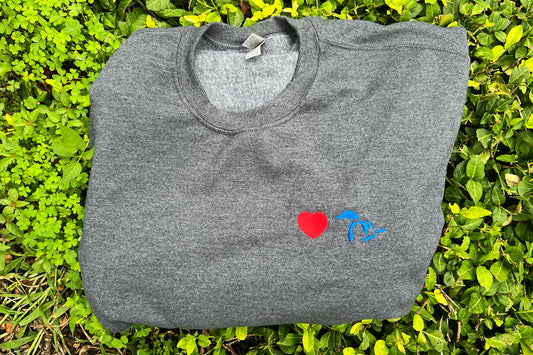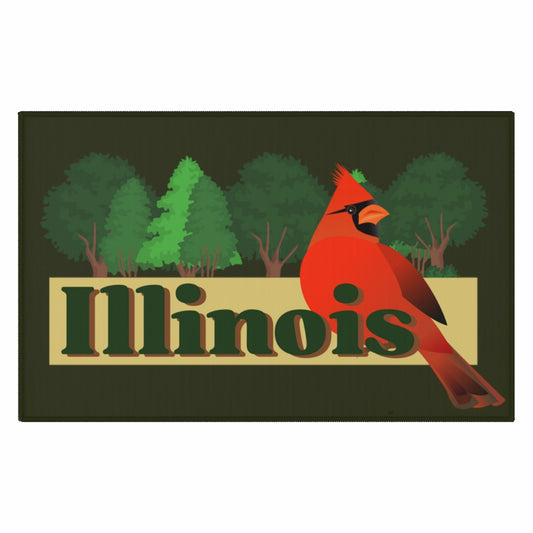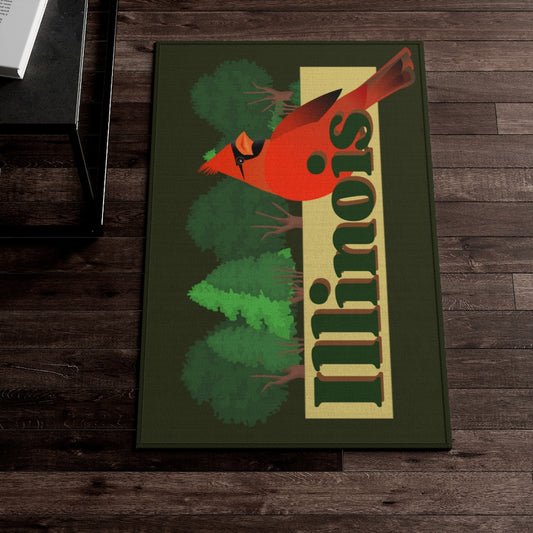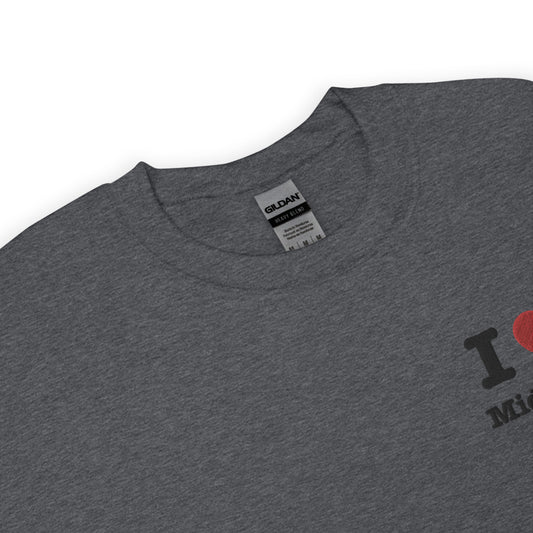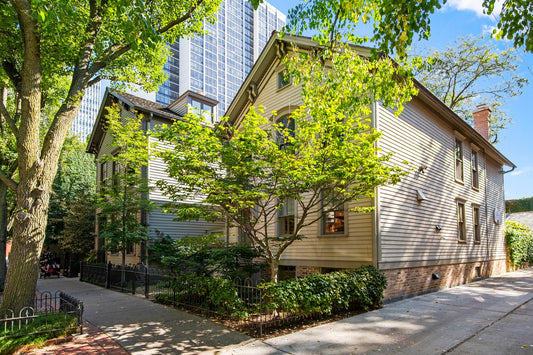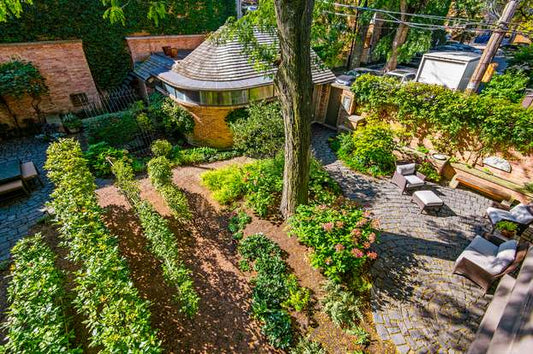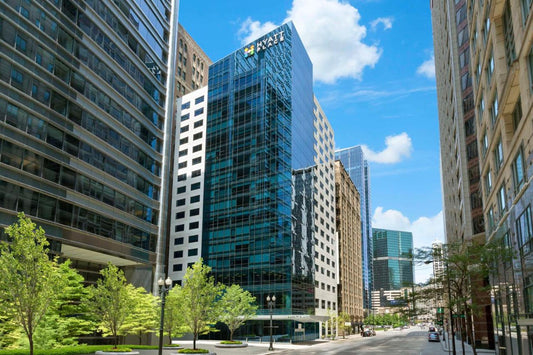Vegetables for Late Summer Planting
-
Radishes: One of the fastest-growing vegetables, radishes can be harvested just a few weeks after planting. They prefer cooler temperatures and can even tolerate light frost, making them ideal for late-summer planting.
-
Lettuce and Spinach: These leafy greens are cold-tolerant and can provide fresh salads late into the fall. Planting them in August allows them to grow in cooler temperatures, resulting in tender and flavorful leaves.
-
Kale: Another cold-hardy leafy green, kale can even become sweeter after a frost. This biennial can be planted in late summer and harvested throughout the fall.
-
Swiss Chard: With its vibrant stems and tasty leaves, Swiss chard is not only a visual delight in the garden but also a nutritious vegetable that can withstand cooler temperatures.
-
Carrots: While they require a bit more time to mature than radishes, carrots planted in late summer can yield a fall harvest. They can also be left in the ground and harvested after the first frost for a sweeter taste.
-
Beets: This root vegetable can thrive when planted in late summer. Like carrots, their flavor intensifies with colder temperatures.
-
Turnips: Quick to mature, turnips can be planted in August for a fall harvest. Both the roots and the greens are edible and packed with nutrients.
-
Broccoli and Cauliflower: While these crops typically require a longer growing season, there are fast-maturing varieties available that can be harvested in the fall if planted in late summer.
Herbs for Late Summer Planting
-
Cilantro: A cool-weather herb, cilantro can be planted in the late summer for a fall harvest. As the temperatures drop, its growth slows, but it remains hardy and can provide fresh leaves for months.
-
Parsley: Both flat-leaf and curly varieties of parsley are cold-tolerant and can thrive when sown in late summer. This biennial herb will continue to grow into the next year if protected from the harshest winter conditions.
-
Dill: This aromatic herb grows relatively quickly and can be sown in August for a fall harvest.
-
Chervil: Often overlooked, chervil prefers cooler weather and can be planted late in the growing season. Its delicate, anise-like flavor is a delightful addition to various dishes.
-
Arugula: While often categorized with leafy greens, arugula has a peppery flavor that makes it a staple in many herb gardens. Planting it in late summer can ensure a continuous supply until the first heavy frost.
The end of summer in the Midwest doesn't mean an end to the gardening season. With careful selection of cool-weather vegetables and herbs, gardeners can enjoy fresh, home-grown produce well into the fall. Additionally, employing techniques such as mulching and using row covers can further extend the growing season, making the most of the Midwest's fertile lands. Whether you're a seasoned gardener or just starting out, late summer offers abundant opportunities to sow, nurture, and harvest.

